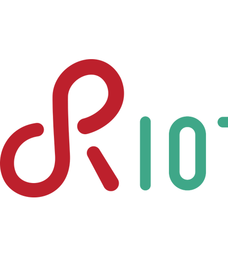Download PDF

RIOT
Overview
HQ Location
Other
Year Founded
2008
Company Type
Private
Revenue
< $10m
Employees
< 10
Website
Twitter Handle
Company Description
RIOT: The friendly Operating System for the Internet of Things.
RIOT powers the Internet of Things like Linux powers the Internet. RIOT is a free, Open Source operating system developed by a grassroots community gathering companies, academia, and hobbyists, distributed all around the world.
RIOT implements all relevant open standards supporting an Internet of Things that is connected, secure, durable, and privacy-friendly.
RIOT powers the Internet of Things like Linux powers the Internet. RIOT is a free, Open Source operating system developed by a grassroots community gathering companies, academia, and hobbyists, distributed all around the world.
RIOT implements all relevant open standards supporting an Internet of Things that is connected, secure, durable, and privacy-friendly.
IoT Snapshot
RIOT is a provider of Industrial IoT platform as a service (paas), and processors and edge intelligence technologies.
Technology Stack
RIOT’s Technology Stack maps RIOT’s participation in the platform as a service (paas), and processors and edge intelligence IoT Technology stack.
-
Devices Layer
-
Edge Layer
-
Cloud Layer
-
Application Layer
-
Supporting Technologies
Technological Capability:
None
Minor
Moderate
Strong
Similar Suppliers.

Supplier
Amplía
Amplía is a spanish company specialized in wireless communication solutions and software engineering with a clear focus on consultancy and deployment and pioneers of Internet of Things solutions. Their aim is to help companies to deploy Industrial IoT solutions based on reliable wireless infrastructure. Year founded: 2002

Supplier
Belina
Resin.io makes it simple to deploy, update, and maintain code running on remote devices. Our goal is to empower you to write great applications for devices - both in the virtual realm and those that cross over into the physical world - without having to worry about the friction involved in getting your hardware working and keeping your application up to date. Doing this manually involves setting up an operating system, establishing a secure local network, configuring some means of recording and viewing logs, and providing some means of shipping new versions of code to devices in the field, amongst other equally vexing tasks.






